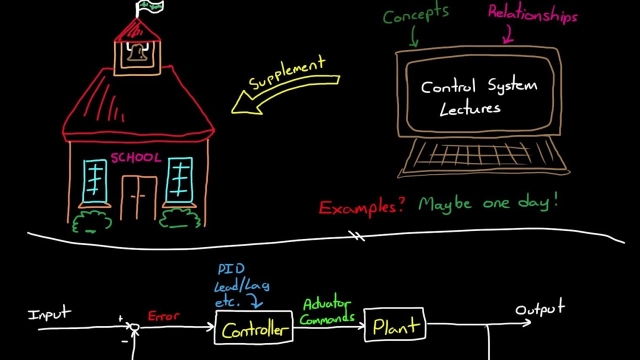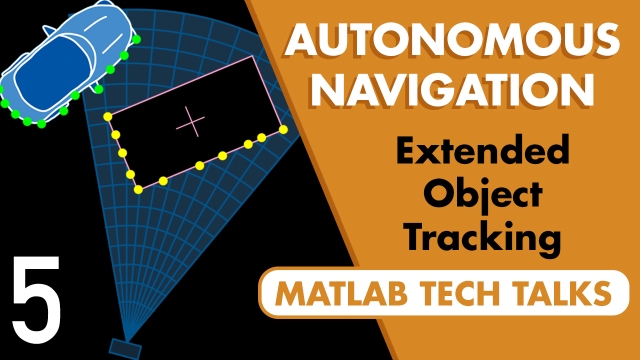
Interactive Course for Control Theory
Control Theory is a topic that finds a widespread application throughout engineering and natural sciences. It is very common in electrical, mechanical and process engineering. Especially...
See MoreNonlinear System Identification | System Identification, Part 3
Learn about nonlinear system identification by walking through one of the many possible model options: A nonlinear ARX model. Brian Douglas covers the importance of adding an offset term to...
See MoreRobotic Car - How to read Gyro Datasheets (Part 1)
Have you ever been lost trying to understand the information in a gyro datasheet? This video should help! In this first part I go through the mechanical characteristics of a MEMS gyro and...
See MoreLectures on Modelling and Control of Dynamic Systems (French)
Lectures on Modelling and Control of Dynamic Systems from Patrick Lanusse of Bordeaux INP, France.
See MoreThe Demod Squad: A Tutorial on the Utility and Methodologies for Using Modul...
This paper is a brief tutorial on methods for using modulated signals in feedback loops, and especially of the different methods and trade offs used for demodulating those signals to get...
See MoreSystems Engineering, Part 4: An Introduction to Requirements
Get an introduction to an important tool in systems engineering: requirements. You'll learn about the three things every requirement must have and what makes a requirement valid. You'll also...
See MoreKoopman Spectral Analysis (Continuous Spectrum)
In this video, we discuss how to use Koopman theory for dynamical systems with a continuous eigenvalue spectrum. These systems are quite common, such as a pendulum, where the period...
See MoreSingular Value Decomposition (SVD): Overview
This video presents an overview of the singular value decomposition (SVD), which is one of the most widely used algorithms for data processing, reduced-order modeling, and high-dimensional...
See MoreLinearizing Around a Fixed Point [Control Bootcamp]
This lecture describes how to obtain linear system of equations for a nonlinear system by linearizing about a fixed point. This is worked out for the simple pendulum "by-hand" and in...
See MoreWhy is a Chirp Signal used in Radar?
Gives an intuitive explanation of why the Chirp signal is a good compromise between an impulse waveform and a sinusoidal pulse waveform for radar.
See MoreWhat Is Online Estimation?
This Mathworks document describes online estimation. Online estimation algorithms estimate the parameters and states of a model when new data is available during the operation of the...
See MoreFeedback Systems: An Introduction for Scientists and Engineers
This is the wiki for the text Feedback Systems (second edition) by Karl J. Åström and Richard M. Murray. On this resource you will find the complete text of the book as well as additional...
See More1D Kinematics - Speed, Velocity, Acceleration
Walter Lewin is one of the most reputed professors and was a former lecturer at MIT. His free to watch series on YouTube titled 8.01 is an excellent one for undergrads and high school...
See MorePole Placement for the Inverted Pendulum on a Cart [Control Bootcamp]
Here we use the 'place' command in Matlab to design full-state feedback gains to specify the eigenvalues of the closed-loop system. This is demonstrated on the inverted pendulum on a cart.
See MoreedX course: Dynamics and Control
This is an interactive course about the basic concepts of Systems, Control and their impact in all the human activities. First, the basic concepts of systems, dynamics, structure and control...
See MoreRadar Systems Engineering Lecture 4: The Radar Equation
This Free Radar Systems Engineering Course (video, audio and screen captured ppt slides) and separate pdf slides) has been developed as a first course in Radar Systems for first year...
See MoreGain a better understanding of Root Locus Plots using Matlab
In this video I go through various ways to use Matlab to plot and visualize the root locus.
See MoreModel Reference Adaptive Control of Satellite Spin
This example shows how to control satellite spin using model reference adaptive control (MRAC) to make the unknown controlled system match an ideal reference model. The satellite system is...
See MoreDynamic Mode Decomposition (Overview)
In this video, we introduce the dynamic mode decomposition (DMD), a recent technique to extract spatio-temporal coherent structures directly from high-dimensional data. DMD has been widely...
See MoreWind Tunnel Corrections and Data Reduction
This is the second of our 3 part series on wind tunnel testing. In this video, we discuss 11 different corrections and data reduction processes that are applied to raw wind tunnel data to...
See MoreMulti-agent reinforcement learning: An overview
From the abstract:
Multi-agent systems can be used to address problems in a variety of do- mains, including robotics, distributed control, telecommunications, and economics. The complexity...
See MoreThe Kalman Filter [Control Bootcamp]
Here, we discuss the Kalman Filter, which is an optimal full-state estimator, given Gaussian white noise disturbances and measurement noise.
See MoreWhat are Lead Lag Compensators? An Introduction.
This videos covers the very basic definition of what a lead/lag compensator is. Every control system engineer should have a basic understanding of lead/lag compensators since along with PID...
See MoreAutonomous Navigation, Part 5: What Is Extended Object Tracking?
In many practical scenarios, there are other objects that may need to be observed and tracked in order to effectively navigate within an environment. This video will show extended object...
See MoreIntroduction to Anomaly Detection for Engineers
Anomaly detection is the process of identifying events or patterns that differ from expected behavior. This is important for applications like predictive maintenance but can be hard to...
See More

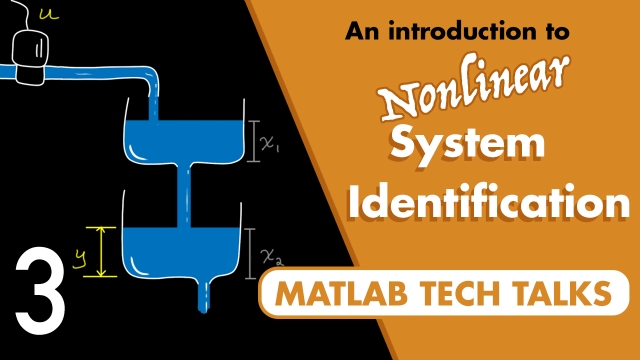


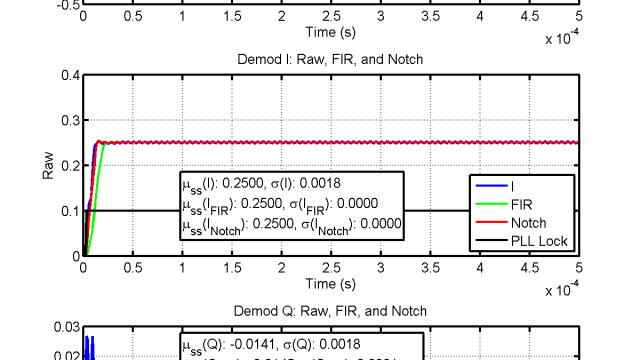
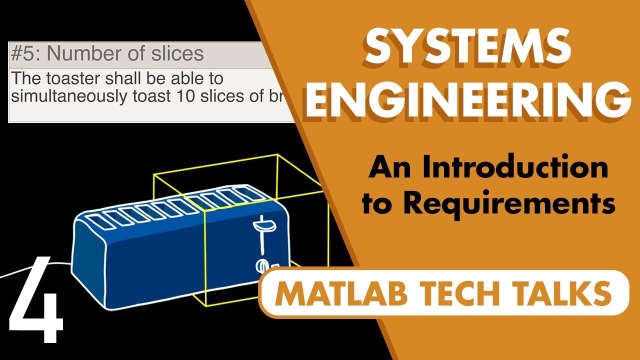

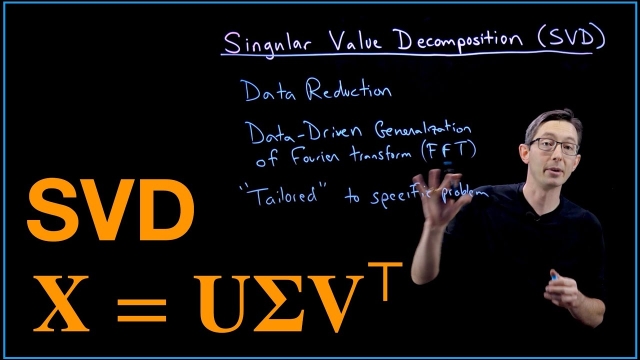
![Linearizing Around a Fixed Point [Control Bootcamp] Linearizing Around a Fixed Point [Control Bootcamp]](/sites/default/files/styles/search_resulkts/public/2020-12/maxresdefault_442.jpg?itok=nt2vg0vl)
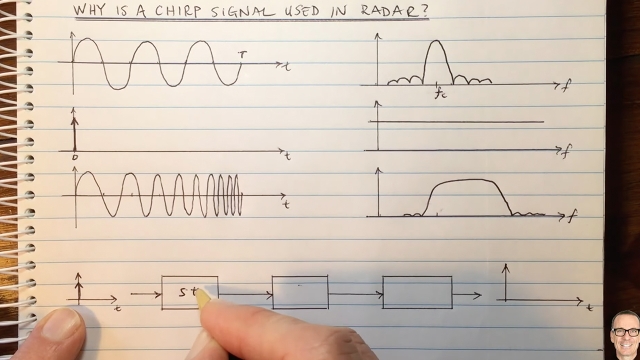
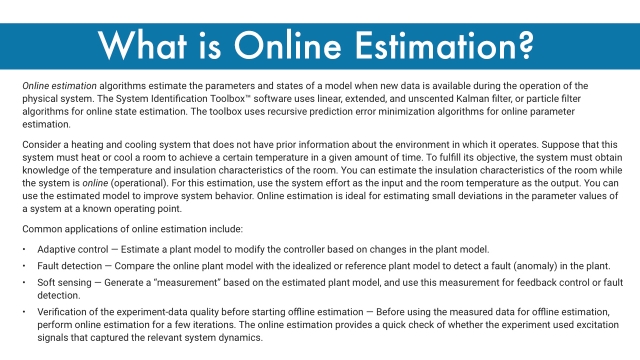
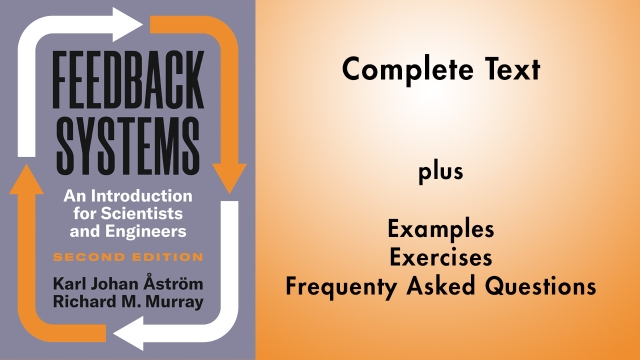

![Pole Placement for the Inverted Pendulum on a Cart [Control Bootcamp] Pole Placement for the Inverted Pendulum on a Cart [Control Bootcamp]](/sites/default/files/styles/search_resulkts/public/2020-12/maxresdefault_490.jpg?itok=qWteM4RS)
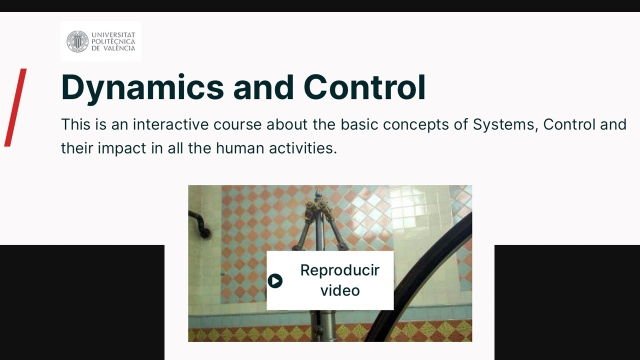


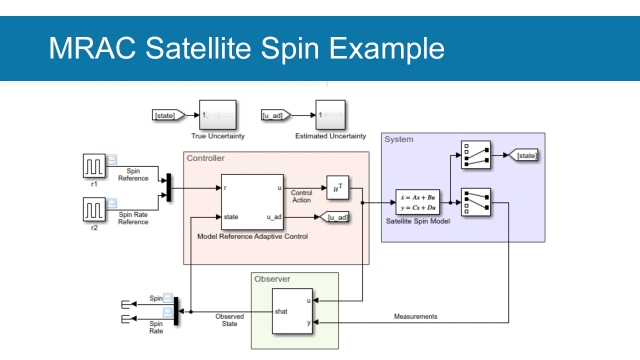
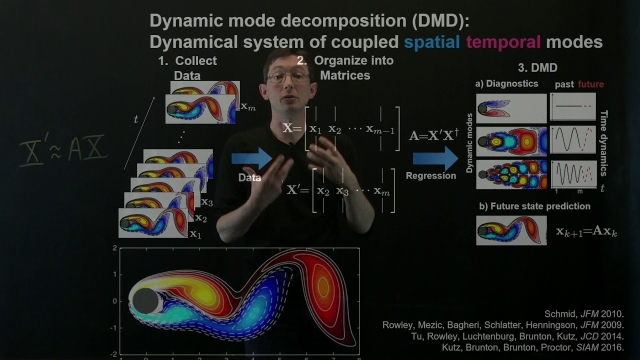
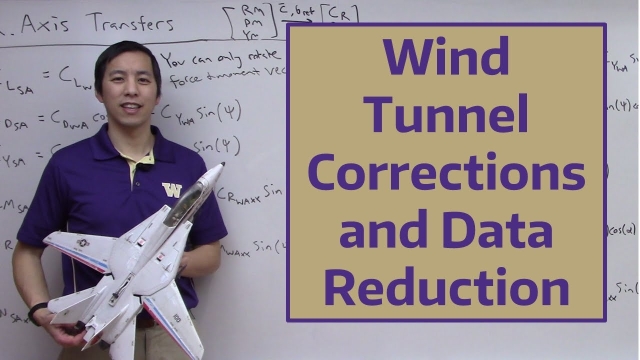
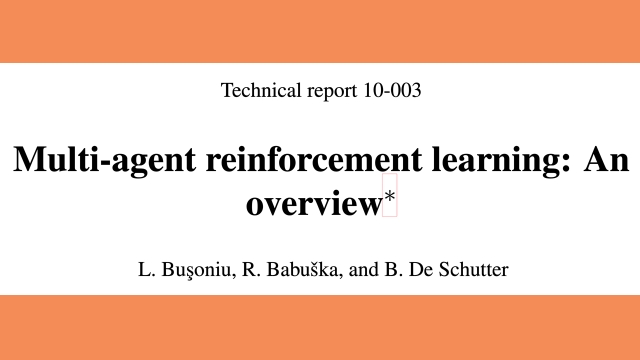
![The Kalman Filter [Control Bootcamp] The Kalman Filter [Control Bootcamp]](/sites/default/files/styles/search_resulkts/public/2020-12/maxresdefault_382.jpg?itok=BhYaUiZA)
